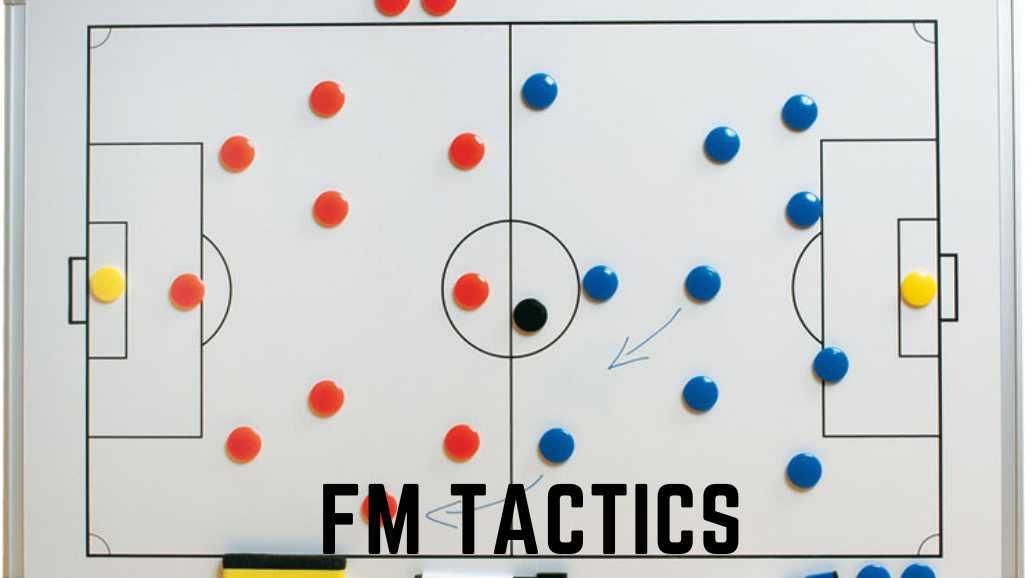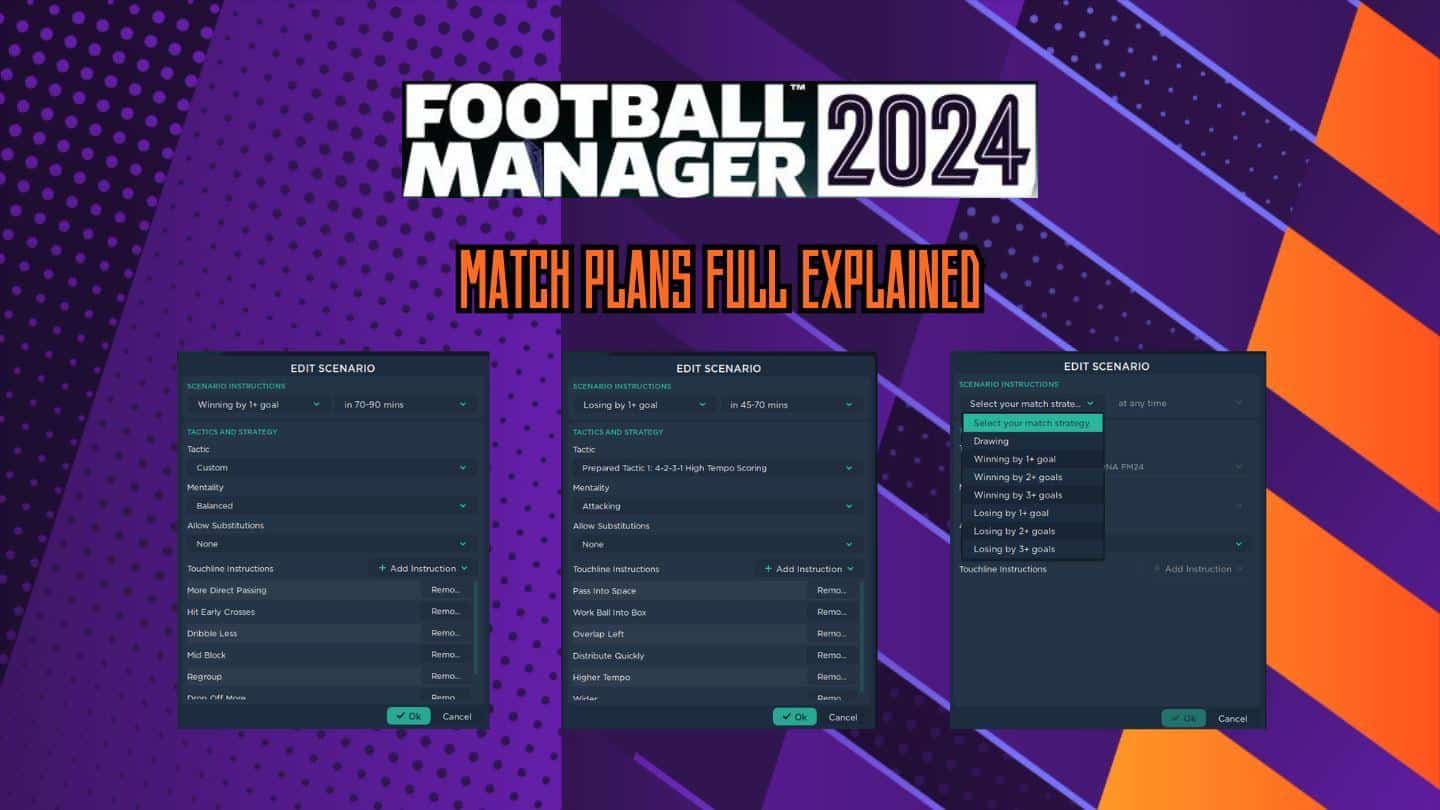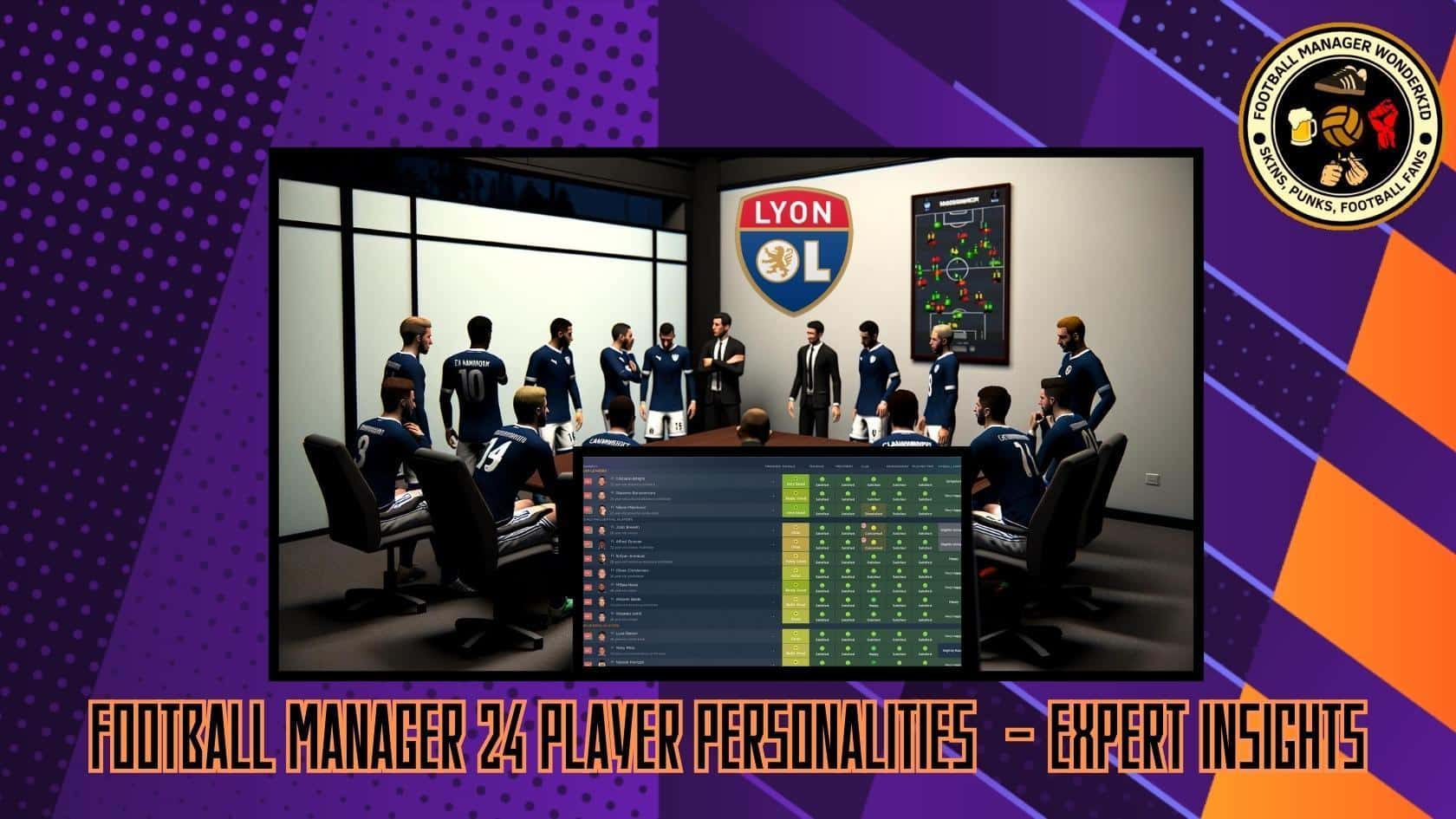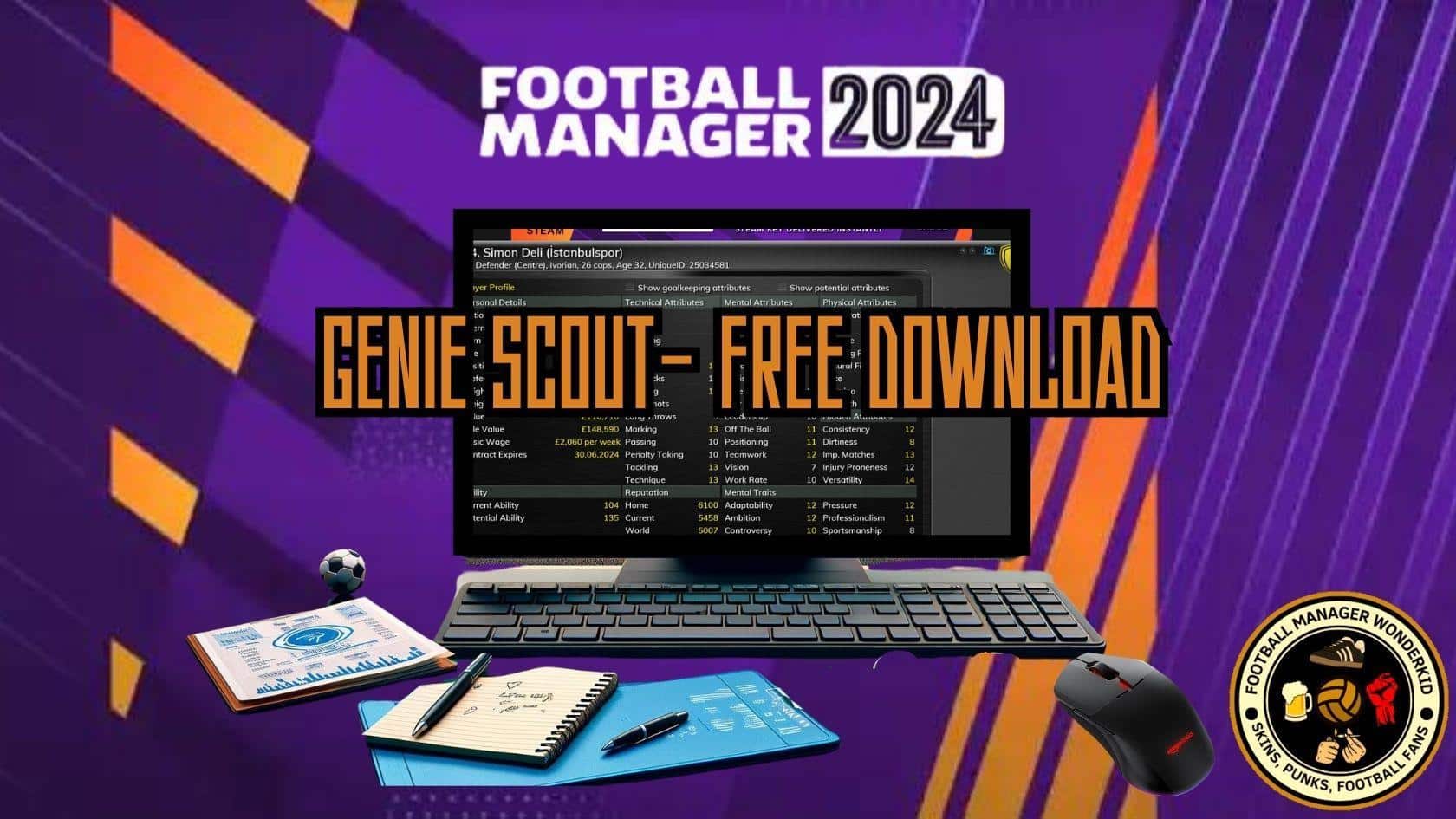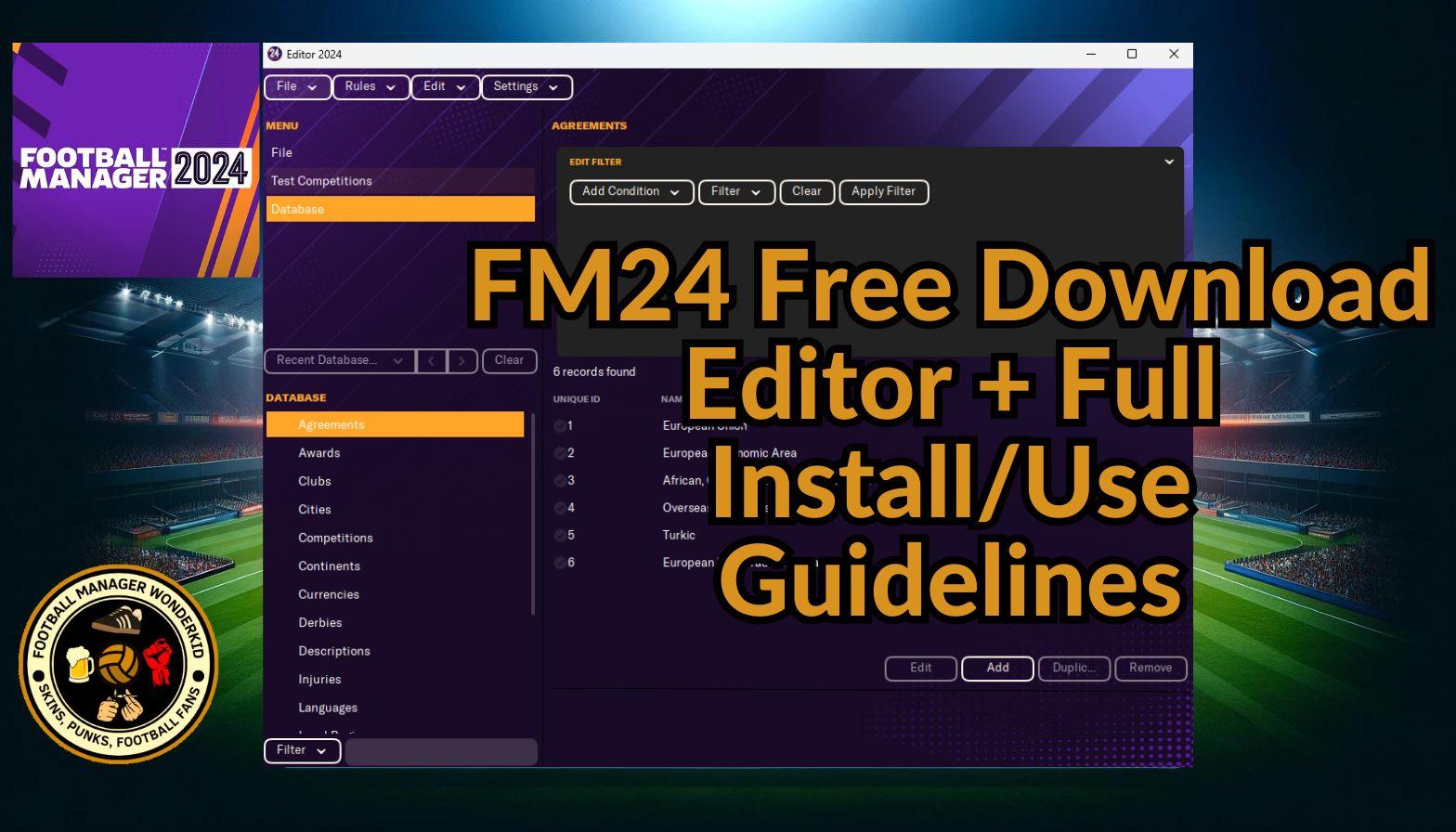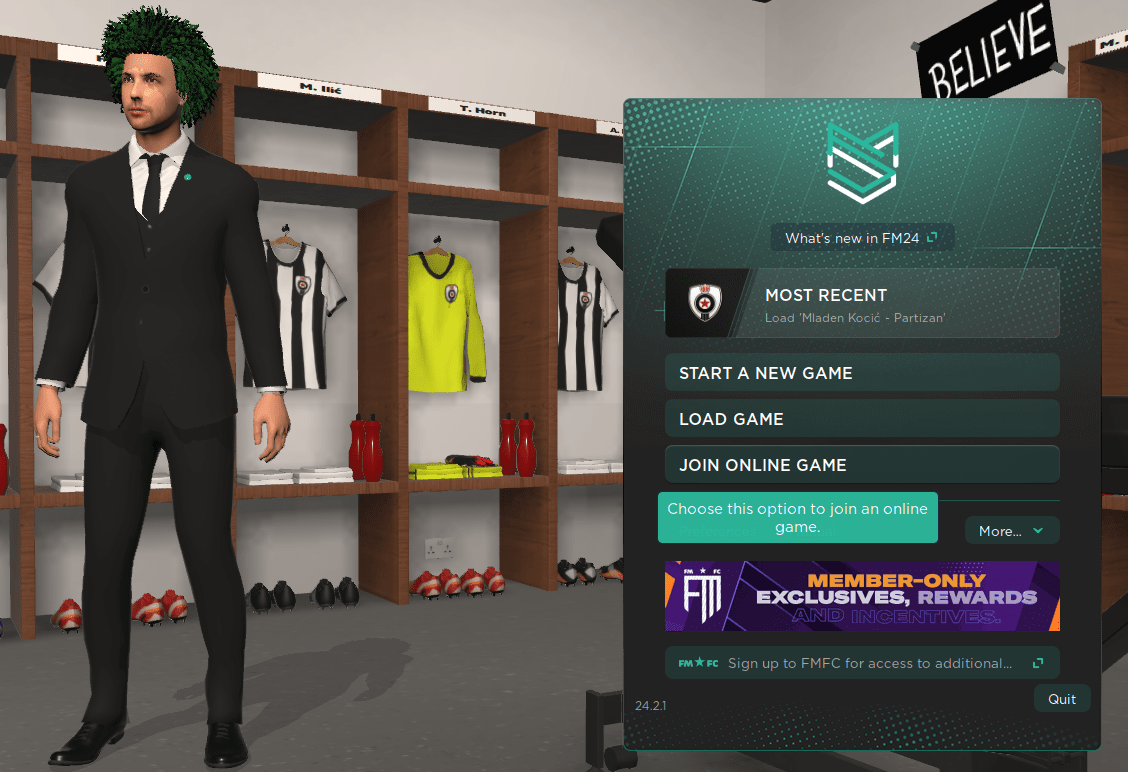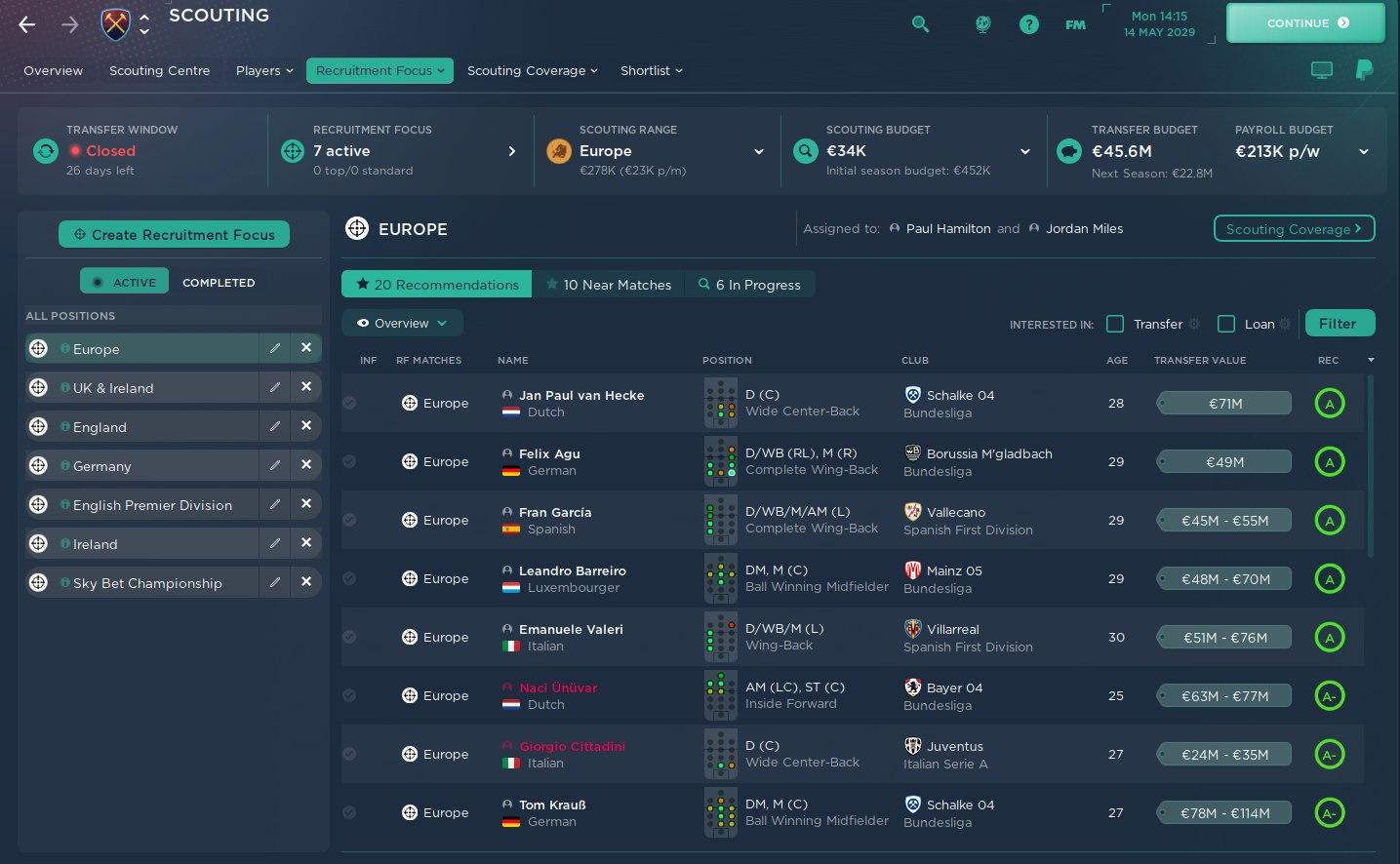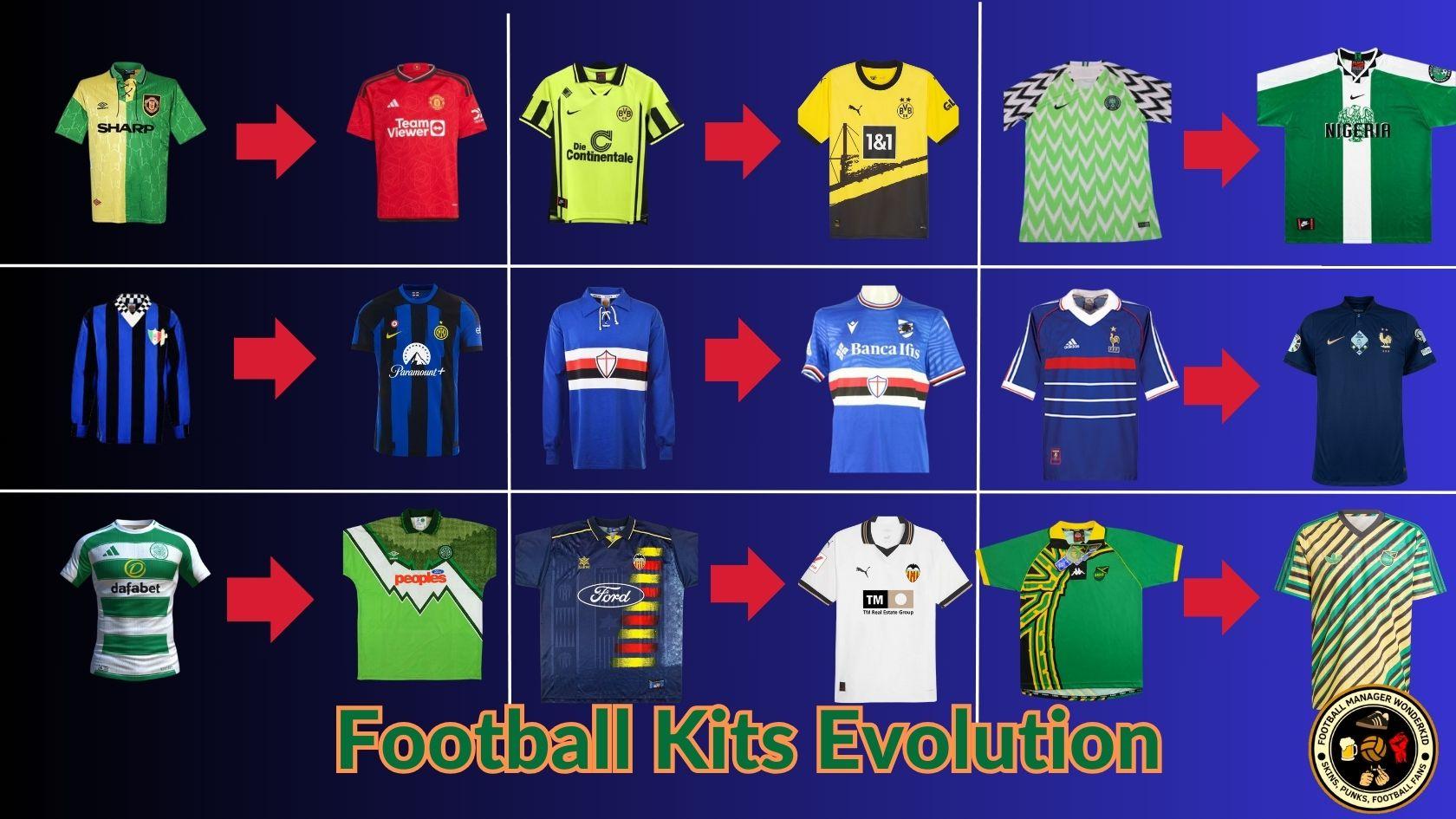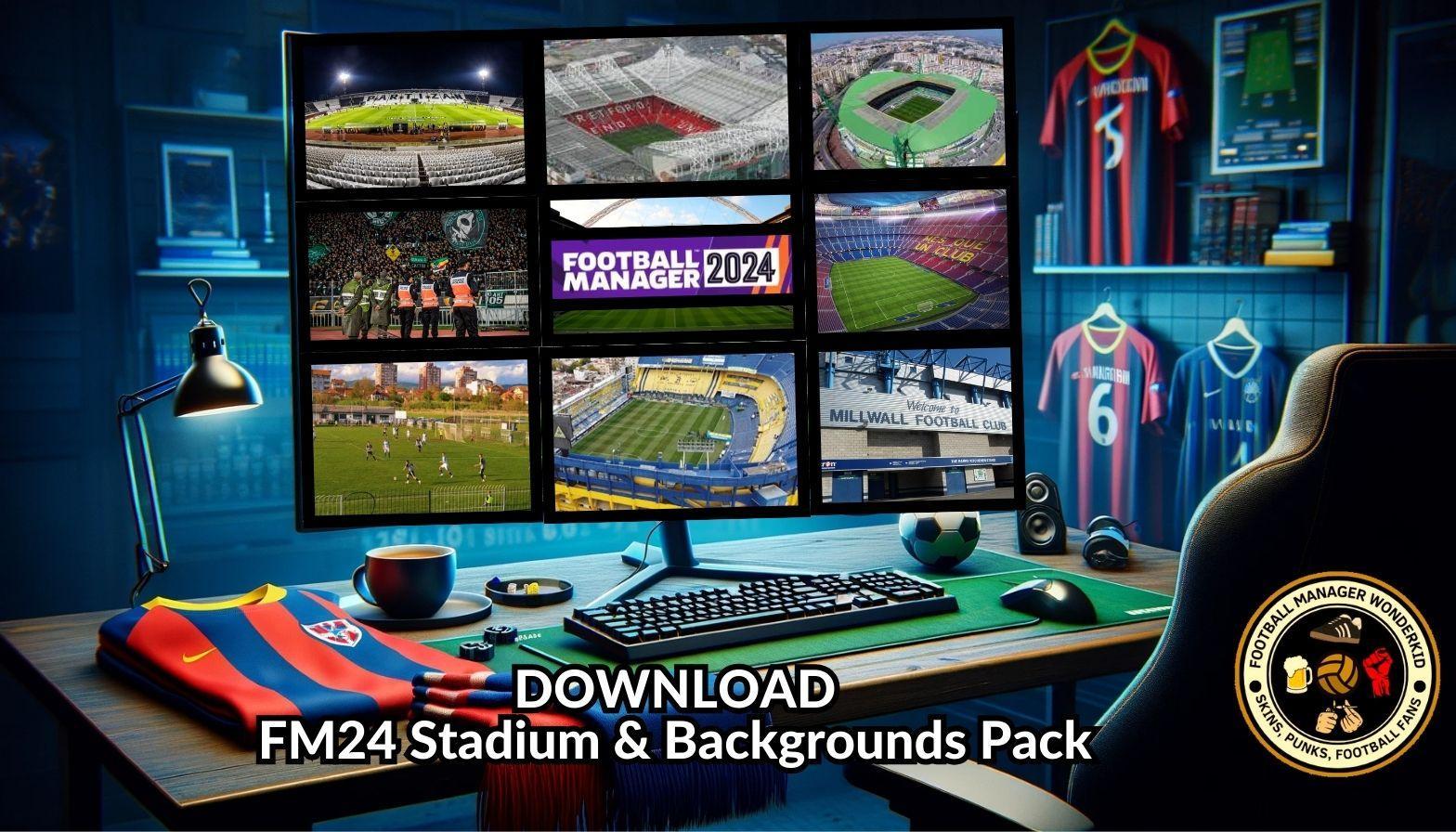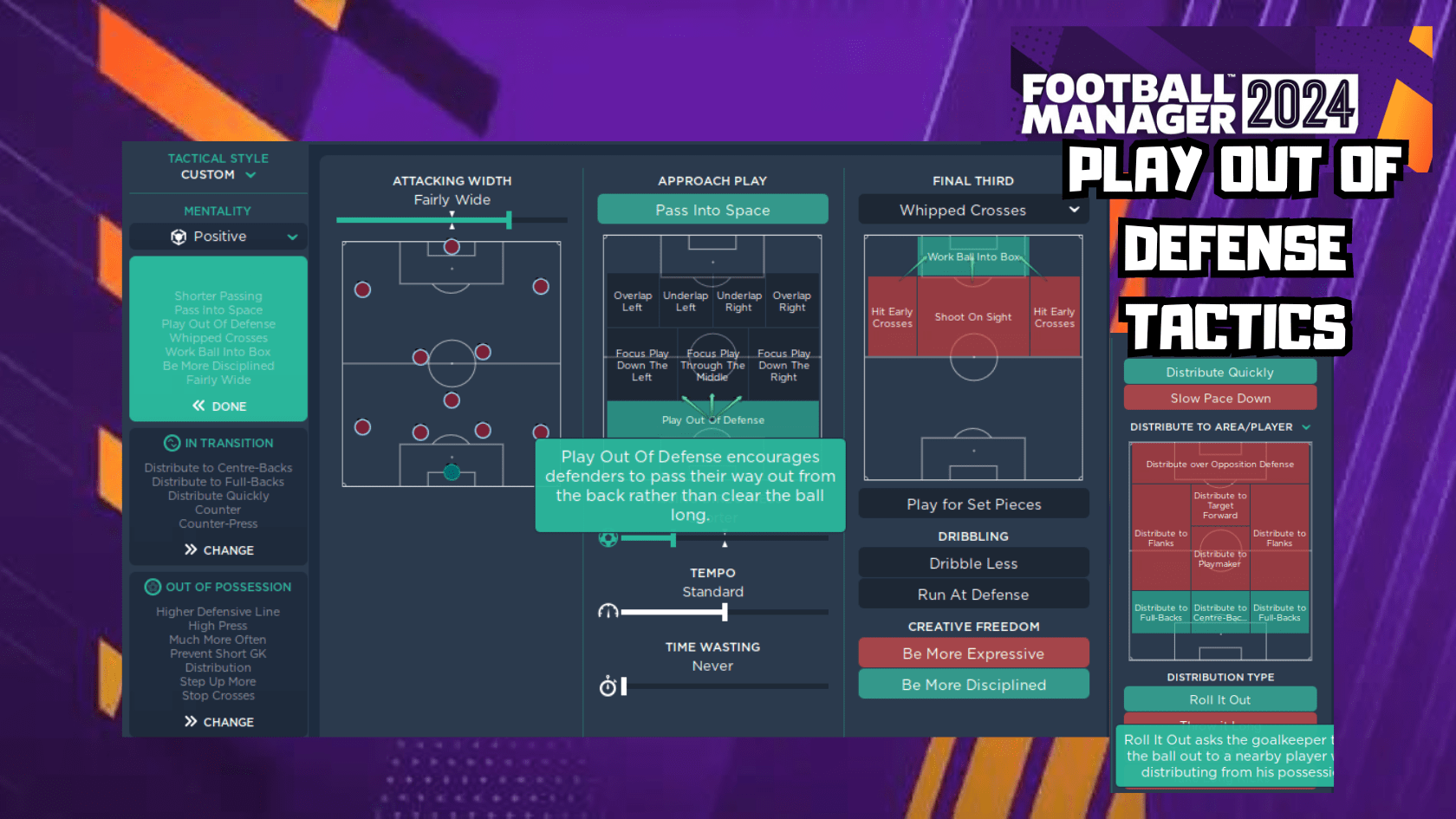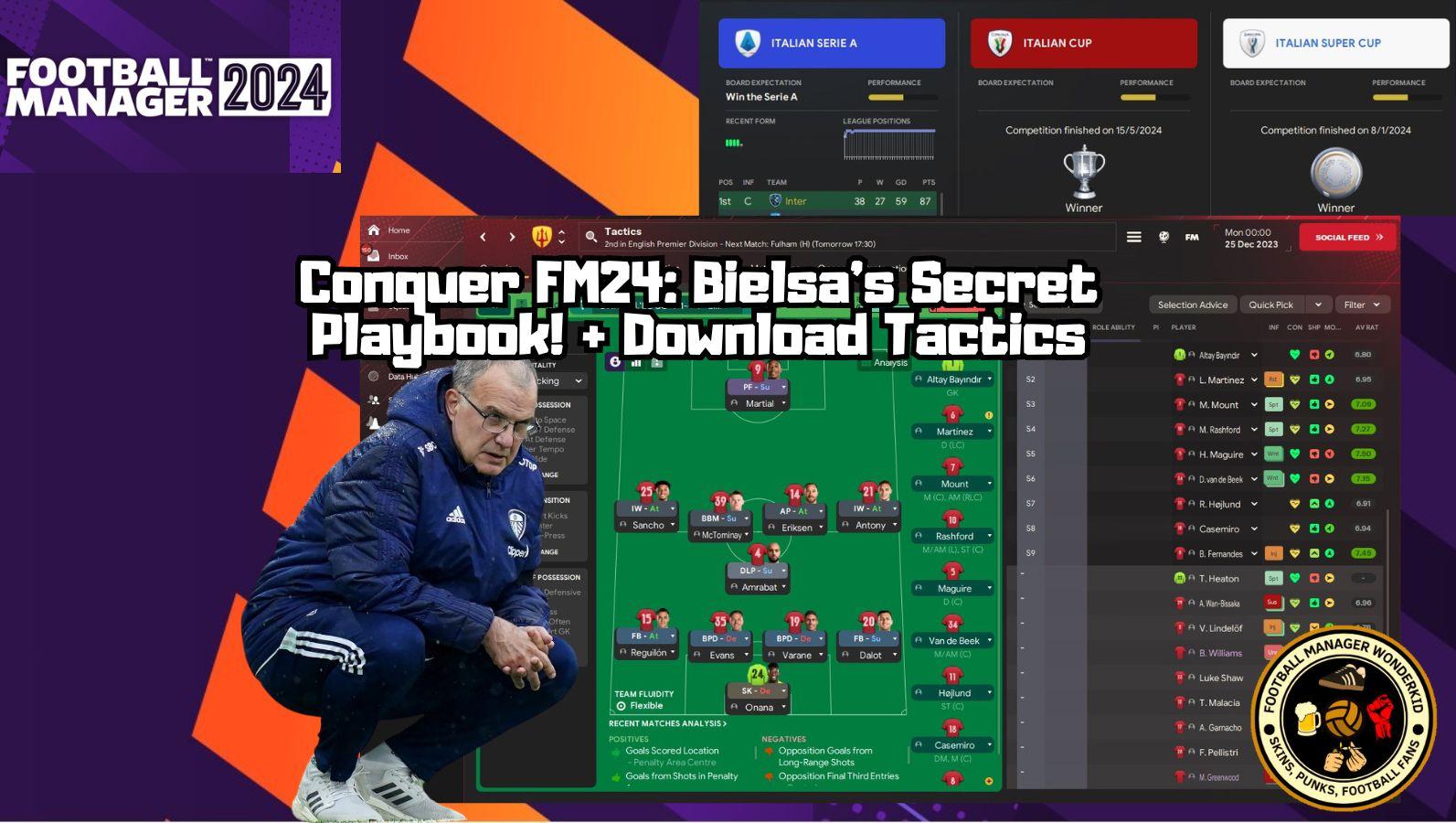Mastering Football Tactics: Exploring the Role of the Football Tactics Board
In the world of football, tactics play a pivotal role in deciding the outcome of a match. Whether it’s dominating possession, executing intricate passing patterns, or employing a counter-attacking style, the strategic approach taken by a team can make all the difference. In this article, we will delve into the realm of football tactics and how they are not only crucial in real-life matches but also emulated in the popular football management simulation game, Football Manager. One tool that stands out in both real-life and virtual football is the football tactics board, a visual aid that coaches, managers, and gamers alike use to formulate and convey their tactical plans.
Tactics Board Content
Understanding Football Tactics Board
Football tactics encompass a wide range of aspects, including formation, playing style, player roles, and specific instructions. Coaches and managers spend countless hours analyzing their team’s strengths and weaknesses, studying the opponents, and devising a strategy to maximize their chances of success on the pitch. These tactics are then communicated to the players through various means, one of which is the football tactics board.
The Role of the Football Tactics Board
The football tactics board is a crucial tool for coaches and managers to strategize and illustrate their tactical plans effectively. It typically consists of a magnetic or whiteboard surface with movable player tokens, allowing them to represent players’ positions and movements during a match. By using magnets or markers, the board enables the coach to diagram offensive and defensive plays, set-piece strategies, and formations, fostering better communication and understanding among the team members.
In Real-Life Scenarios
In real-life football, a variety of successful teams have employed unique tactical approaches that have become iconic in the sport. One such example is Pep Guardiola’s “tiki-taka” style, famously associated with Barcelona and later adopted by Bayern Munich and Manchester City. The tiki-taka tactic is characterized by short, quick passes, high pressing, and positional play, with an emphasis on ball retention. The use of the football tactics board allows Guardiola and his coaching staff to meticulously plan each player’s positioning and movements to execute the tiki-taka style successfully.
Another famous tactical approach is the “park the bus” strategy, attributed to Jose Mourinho during his tenure at Chelsea. This tactic involves defending with a deep-lying compact formation, often sacrificing attacking intent to frustrate the opposition and hit them on the counter-attack. The football tactics board helps Mourinho illustrate the defensive structure to his players, emphasizing the importance of staying organized and disciplined throughout the match.
Football Manager In-Game Tactics Settings
Football Manager (FM) is a widely popular football management simulation game that allows players to take the reins of their favorite clubs and make strategic decisions, just like real-life managers. In FM, players have the option to set up tactics using a comprehensive interface that mirrors the functionality of a real football tactics board. They can select formations, set player roles, and adjust team instructions to suit their preferred playing style.
For instance, a player can opt for a 4-3-3 formation with a high pressing style to emulate Jurgen Klopp’s “gegenpressing” tactic, which has been successful with Liverpool. The virtual football tactics board in FM allows the player to align players, tweak pressing intensity, and encourage the team to win the ball back quickly upon losing possession.
Interlinking with FM Wonderkid for More Insights
For football enthusiasts looking to enhance their knowledge of FM tactics, FM Wonderkid is an excellent resource. Their comprehensive guide on FM23 tactics and formation styles provides valuable insights into the intricacies of setting up tactics in the game. Understanding the interplay between real-life tactical approaches and their FM counterparts can prove advantageous for avid gamers and aspiring coaches alike.
In the ever-evolving world of football, tactics continue to evolve and adapt to new challenges and opportunities. Coaches and managers continuously analyze match data, study their opponents, and experiment with different tactical setups to gain a competitive edge. Similarly, Football Manager developers at Sports Interactive keep updating the in-game tactics settings to mirror the latest trends and innovations in real-life football, making the gaming experience more immersive and realistic.

Leading the Charge in the Football Manager Universe
One of the most significant advantages of using the football tactics board in both real-life and virtual football is its ability to foster communication and collaboration among players. It allows coaches and managers to visually demonstrate their ideas, helping players understand their roles and responsibilities better. Likewise, in Football Manager, players can experiment with different tactics, identify areas of improvement, and tweak their strategies based on match feedback and performance analysis.
Football tactics are not just about formations and player positions; they also encompass a team’s playing style and philosophy. Whether it’s the direct, aggressive style of football associated with Jurgen Klopp’s “heavy metal” football at Liverpool or the patient, possession-based approach employed by Spanish teams like Barcelona and Spain, each tactic reflects the team’s identity and philosophy.
Football tactics boards in the real world and Football Manager often share common elements, such as the ability to assign player roles and provide specific instructions to individual players or the entire team. In both scenarios, decisions about player positioning, pressing intensity, defensive lines, and offensive approach all play a significant role in determining the outcome of a match.
For instance, a coach might use the football tactics board to prepare his team for an upcoming game against a formidable opponent. They may devise a strategy that involves playing a compact defensive formation, relying on counter-attacks to exploit the opposition’s vulnerabilities. The coach can demonstrate to the players how they should maintain their defensive shape and quickly transition into attack mode when the opportunity arises. The football tactics board becomes a visual roadmap that guides the players throughout the match.
Remember, you are a Football Manager 24/7
Similarly, in Football Manager, a player might opt for a more defensive-minded formation, setting the team’s mentality to “defensive” and instructing the players to sit deep and absorb pressure before launching quick counter-attacks. By experimenting with different formations and strategies using the in-game tactics settings, players can adapt their approach to varying opponents, just as real-life managers do.
In conclusion, football tactics remain a fundamental aspect of the beautiful game, whether it’s on real-life pitches or in the virtual world of Football Manager. The football tactics board serves as an indispensable tool for coaches, managers, and gamers, aiding them in formulating and executing their tactical plans effectively. By comparing and contrasting real-life tactical examples with their in-game counterparts, football enthusiasts can gain valuable insights into the complexities of the sport, enhancing their overall understanding and appreciation.

